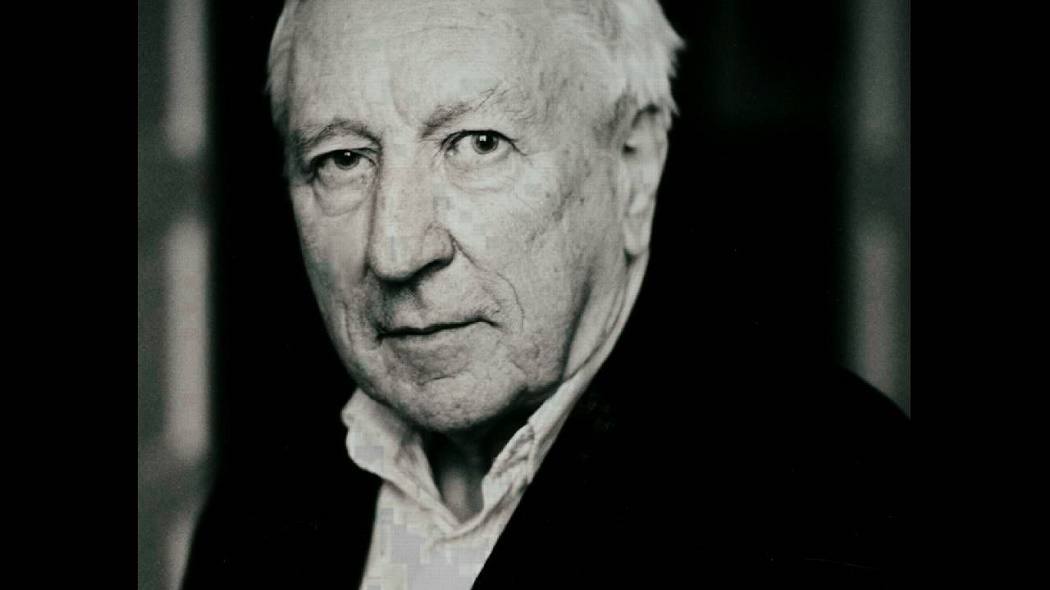The Swedish poet, and winner of the 2011 Nobel Prize in Literature, Tomas Tranströmer passed away back on March 26 of this year, but it took until recently for his final interview to be translated into English.
While he may not be a household name in the United States, Tranströmer’s footprint is seen in the work of artists around the world. He’s anthologized widely and his work pops up frequently, like in filmmaker James Wine’s filmic collaboration with Tranströmer titled Östersjöar, which was recently made available to view online, or videopoet Swoon’s “Schubertiana,” which features Tranströmer reading the poem.
[vimeo 125557352 w=500 h=281]
Schubertiana from Marc Neys (aka Swoon) on Vimeo.
Tranströmer was a poet with an uncanny ability to distill the interior life of people and objects, moving toward their core rapidly, while always retaining a sort of spiritual meditation about the process.
Give a read to a few of his early poems in a 1963 issue of Transition, as well as an essay titled “Tomas Tranströmer & the Cosmic Image,” originally published in a 1971 issue of Scandinavian Studies. Then check out his final interview over at Lithub.







